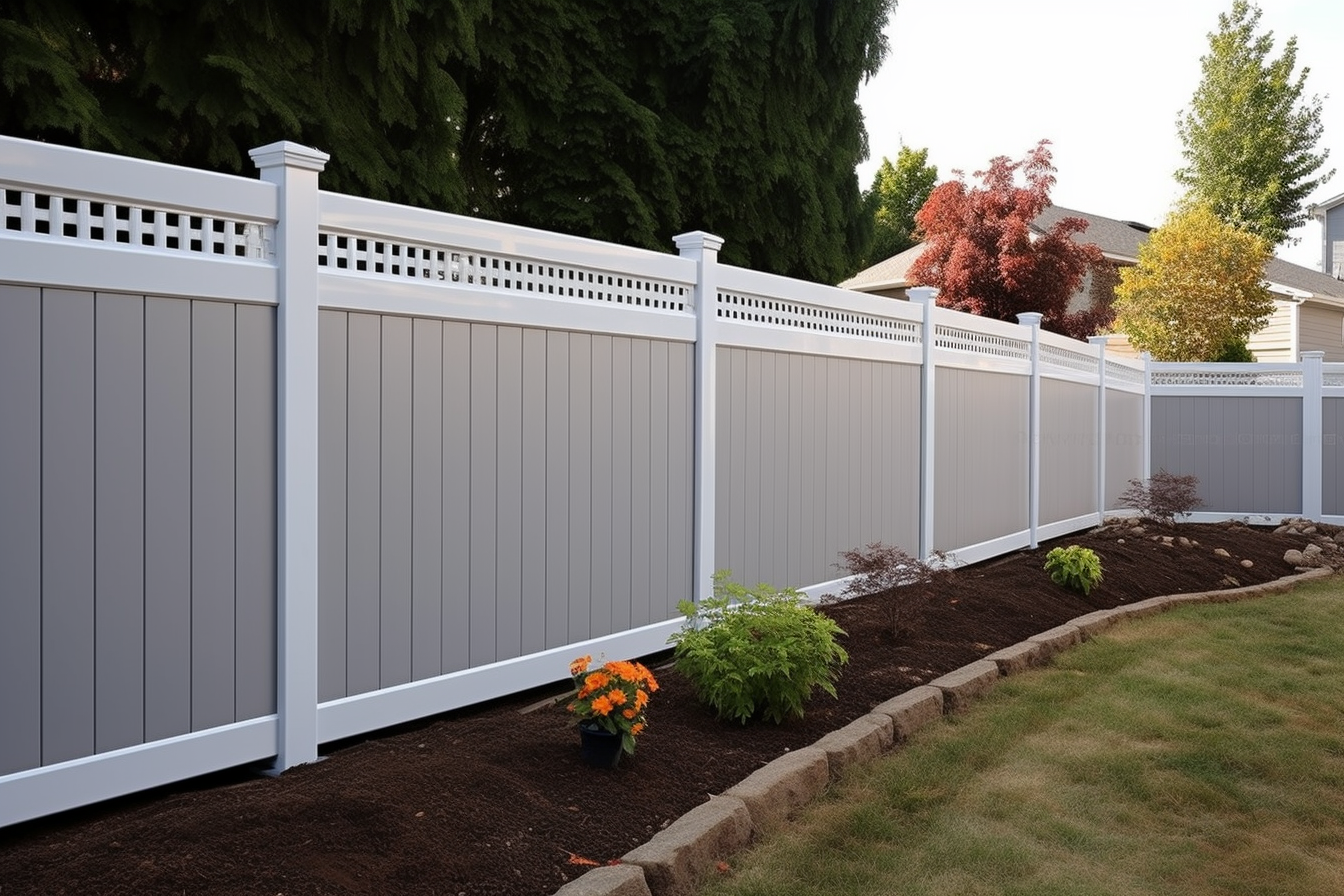Low-Maintenance Landscaping Ideas for Compact Yards
Compact yards can be attractive and manageable with intentional low-maintenance landscaping choices. By prioritizing durable materials, drought-tolerant planting, simple irrigation, and thoughtful organization, you can reduce ongoing chores while maintaining curb appeal. This article covers practical approaches for plant selection, hardscaping, lighting, composting, and basic DIY steps that suit small outdoor spaces.

Landscaping approaches for compact yards
When planning landscaping for a small yard, focus on a few well-placed elements rather than many competing features. Use scale to your advantage: narrower beds, vertical planting, and container groupings can make the area feel larger and reduce time spent weeding and pruning. Choose native or adapted species to minimize plantcare demands, and consider cohesive decor elements—such as a single bench or a compact water feature—to create focal points without clutter. Thoughtful layout reduces future renovation needs and streamlines upkeep.
What plantcare habits save time?
Simple plantcare routines reduce long-term labor. Prioritize slow-growing shrubs and perennials that require minimal pruning, and mulch beds to retain moisture and suppress weeds. Group plants with similar water and light needs to simplify irrigation schedules and avoid frequent replanting. For pruning, set seasonal reminders: light shaping in spring and removal of dead wood in late winter often suffice. Regular brief inspections are more efficient than sporadic intensive sessions and help catch pests or disease early.
How can irrigation simplify upkeep?
Efficient irrigation is central to low-maintenance yards. Drip irrigation and soaker hoses deliver water directly to roots, reducing evaporation and weed growth. Use a simple timer to automate schedules and adjust seasonally for local rainfall, which lowers the need for hand-watering. Pair irrigation with rain sensors or a basic moisture probe to avoid overwatering. Proper soil preparation—adding organic matter to improve water retention—reduces overall irrigation frequency and supports plant health with less intervention.
Can composting and soil care reduce work?
Composting transforms kitchen scraps and yard waste into a resource that improves soil structure and nutrient content. Even small-scale composting in a closed bin or worm composter can supply mulch or soil amendment for container plants and beds. Improved soil retains moisture and reduces the need for fertilizers and frequent watering. For compact lots, integrate composting into a designated storage area that fits the yard’s organization plan to avoid clutter while returning nutrients to your landscape.
How does lighting and decor enhance ease?
Outdoor lighting and decor can be both practical and low-maintenance. Choose LED fixtures and solar options for reduced energy use and infrequent bulb changes. Simple, durable decor—weather-resistant furniture, metal planters, and stone accents—requires less upkeep than delicate materials. Strategically placed lighting extends usable hours and emphasizes pathways and focal planting, reducing the need for frequent trimming to keep walkways clear. Minimal decor and clear lines also support straightforward cleaning and seasonal renovation.
Why hardscaping and organization matter?
Hardscaping lowers long-term maintenance by creating stable surfaces and boundaries. Pavers, gravel paths, retaining edges, and raised beds limit turf area and reduce mowing, while defined zones improve organization for tools and composting. Durable materials chosen for local climate and drainage can last for years with minimal intervention. Incorporate simple DIY projects—like installing raised planter boxes or laying stepping stones—to incrementally upgrade the space during renovations. Prioritize sustainability through permeable surfaces and efficient layouts to reduce water runoff and maintenance.
Compact yards benefit from a strategy that combines plant selection, soil care, efficient irrigation, intentional lighting, and simple hardscaping. Emphasize organization and small DIY upgrades to tailor the landscape to your lifestyle while minimizing routine chores. Regular but brief maintenance sessions—mulching once a year, seasonal pruning, and automated watering—help a small yard stay attractive and functional with less effort.





